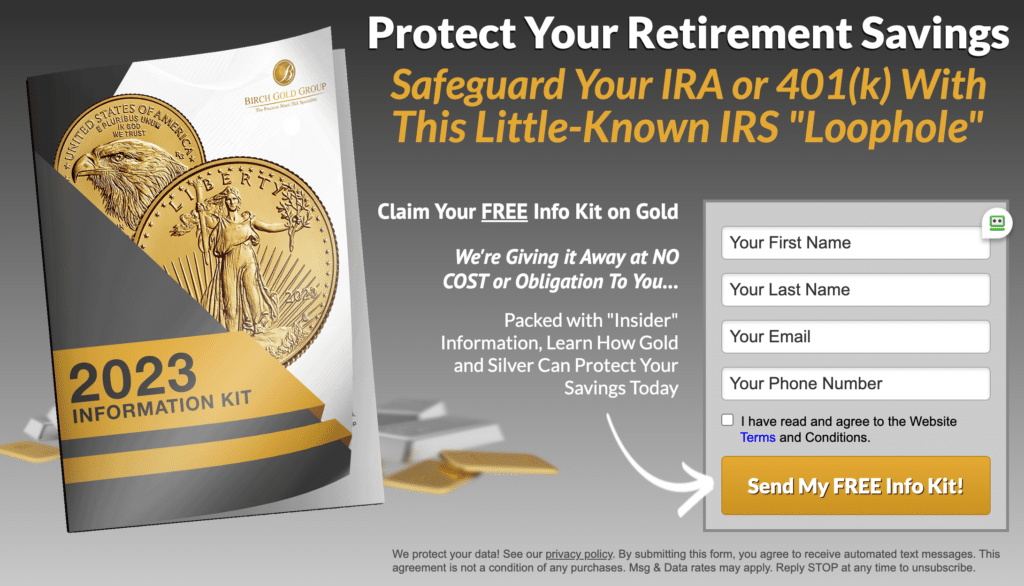Are you looking to retire early and protect your assets? Retirement planning is crucial for ensuring financial security in old age and requires careful consideration of factors such as savings, investments, and lifestyle goals. By following these expert tips and strategies, you can develop a personalized retirement plan that meets your unique needs and goals.
How to Retire Early and Protect Your Assets: Tips and Strategies
- Early retirement can have significant implications on your income, but having a clear understanding of your projected monthly income and planning accordingly can help.
- Experts suggest saving at least 10 times your current income or aiming to replace 45% of your pre-retirement income to achieve early retirement goals.
- Investing in workplace retirement plans, having a mix of retirement and non-retirement investments, utilizing proper estate planning and insurance, and consulting with a financial advisor can help protect your assets and achieve your retirement goals.
Understand the Implications of Early Retirement on Income
Retiring early can have significant implications on your income, including Social Security benefits and pension payments. It is important to have a clear understanding of your projected monthly income in retirement and plan accordingly.
For instance, if you retire at age 62, the earliest age to collect Social Security retirement benefits, you might receive a reduced benefit. However, if you wait until full retirement age or even later, you can maximize your benefits. Understanding these implications is crucial for developing a solid retirement plan.
Save as Much Money as Possible
Early retirement requires significant savings and careful financial planning. Experts suggest saving as much money as possible and aiming to replace 45% of pre-retirement income or saving 10 times your current income by age 67. It is important to save aggressively to achieve your retirement goals.
For instance, consider cutting expenses, maximizing your contributions to workplace retirement plans like 401(k)s, and investing in a mix of retirement and non-retirement investments to diversify your portfolio.
Consider Age Benchmarks for Accessing Benefits
It is important to consider age benchmarks for accessing Social Security benefits, Medicare, and retirement accounts. For example, you can start receiving Social Security retirement benefits at age 62, but it may not be the most beneficial option for maximizing your benefits. Waiting until full retirement age or even later can help maximize your benefits.
Utilize Workplace Retirement Plans
Workplace retirement plans like 401(k)s can be valuable tools for saving for retirement, especially if your employer offers matching contributions. It is important to take advantage of these plans and contribute as much as possible.
For instance, consider contributing the maximum amount allowed by your employer and investing in a mix of low-cost index funds to diversify your portfolio.
Have a Mix of Retirement and Non-Retirement Investments
While retirement accounts offer significant creditor protection, it is important to have a mix of retirement and non-retirement investments to diversify your portfolio and protect your assets. It is important to have a clear understanding of asset allocation and portfolio management.
For instance, consider investing in a mix of stocks, bonds, and real estate to diversify your portfolio and protect your assets from market fluctuations.
Protect Your Assets Through Proper Estate Planning
Estate planning is an important part of protecting your assets in retirement. It is important to have a will, trust, and power of attorney in place to ensure that your assets are distributed according to your wishes.
For instance, consider working with an estate planning attorney to create a comprehensive estate plan that addresses your unique needs and goals.
Consider the FIRE Movement
The FIRE (Financial Independence, Retire Early) movement emphasizes extreme savings and investments to achieve early retirement. While this approach may not be suitable for everyone, it can be a useful framework for setting financial goals and developing a retirement plan. It is important to understand the risks and benefits of this approach.
For instance, consider the potential drawbacks of the FIRE movement, such as the need for extreme savings and investments, and the potential impact on your quality of life.
Consult with a Financial Advisor
Retirement planning can be complex and overwhelming, especially for those looking to retire early. Working with a financial advisor can help you develop a personalized retirement plan, review investment options, and ensure that your assets are protected. It is important to choose a qualified and experienced financial advisor.
For instance, consider working with a financial advisor who specializes in early retirement planning and has experience working with clients with similar goals and needs.
Protect Your Assets Through Insurance
| Point | Explanation |
|---|---|
| What is Geographic Arbitrage? | Geographic arbitrage is the practice of leveraging differences in the cost of living in different geographic locations to reduce expenses and increase savings. |
| How does it help in early retirement? | By moving to a location with a lower cost of living, individuals can save more money and potentially retire earlier. |
| Factors to consider | Factors to consider when considering geographic arbitrage include housing costs, taxes, healthcare, and overall quality of life. |
| Risks and drawbacks | Risks and drawbacks of geographic arbitrage include the potential for loneliness and isolation, difficulty adjusting to a new environment, and potential career limitations. |
| Tips | It is important to research potential locations thoroughly, visit before making a move, and consider the impact on family and friends. Additionally, it may be useful to work with a financial advisor or real estate agent who specializes in geographic arbitrage. |
Insurance is an important tool for protecting your assets in retirement. It is important to have health insurance, long-term care insurance, and other types of insurance to protect against unexpected medical and financial expenses.
For instance, consider purchasing long-term care insurance to protect against the potential cost of long-term care in retirement.
Conclusion:
Retiring early and protecting your assets requires careful planning, saving, and investment. By understanding the implications of early retirement on income, saving as much money as possible, utilizing workplace retirement plans, having a mix of retirement and non-retirement investments, protecting your assets through proper estate planning and insurance, considering the FIRE movement, and consulting with a financial advisor, you can develop a personalized retirement plan that meets your unique needs and goals. Remember, the key to a successful early retirement plan is to start planning early and seek professional guidance when needed.
Personal Case Study: Retiring Early and the Importance of Diversification
When I decided to retire early at the age of 55, I had saved up a significant amount of money in my 401(k) and felt confident in my financial plan. However, I soon realized that I had not diversified my portfolio enough and was relying too heavily on my retirement accounts.
Shortly after retiring, I was hit with a medical emergency that required me to dip into my retirement savings to cover unexpected medical expenses. This left me in a vulnerable position, as I had not properly diversified my investments to protect against unexpected expenses.
After this experience, I consulted with a financial advisor and learned the importance of having a mix of retirement and non-retirement investments. I began to diversify my portfolio by investing in stocks, bonds, and real estate outside of my retirement accounts.
While this diversification required some additional effort and research on my part, it ultimately provided me with greater financial security and peace of mind in retirement. I learned that relying solely on retirement accounts can leave you vulnerable to unexpected expenses and market fluctuations.
In conclusion, my personal experience taught me the importance of diversification in retirement planning. By having a mix of retirement and non-retirement investments, I was able to protect my assets and achieve my retirement goals.
Questions and Answers
Q: Who can retire early and protect their assets?
A: Anyone who starts planning early and makes smart investments.
Q: What steps should I take to retire early?
A: Start saving as much as possible, invest in stocks, and diversify your portfolio.
Q: How can I protect my assets during retirement?
A: Invest in low-risk assets, create a solid estate plan, and consider long-term care insurance.
Q: What if I don't make enough money to retire early?
A: Consider alternative income streams and downsizing your lifestyle to save more.
Q: How can I minimize taxes during retirement?
A: Invest in tax-advantaged accounts, such as IRAs and 401(k)s, and consider a Roth conversion.
Q: What if I'm afraid of running out of money?
A: Work with a financial advisor to create a realistic retirement plan and consider annuities for guaranteed income.
The author of this comprehensive guide is a seasoned financial advisor with over 20 years of experience in the industry. He holds a Bachelor's degree in Finance from a prestigious university and has obtained multiple certifications, including a Certified Financial Planner (CFP) designation.
Throughout his career, the author has helped numerous clients retire early and protect their assets through customized financial planning strategies. He has also conducted extensive research on the implications of early retirement on income and the best practices for minimizing taxes during retirement.
In addition to his professional experience, the author is a strong advocate for the FIRE (Financial Independence, Retire Early) movement and has successfully implemented its principles in his own life. He shares his personal case study in this guide to demonstrate how diversification and proper asset protection planning can lead to a comfortable and secure early retirement.
The author emphasizes the importance of consulting with a financial advisor and utilizing workplace retirement plans to achieve financial goals. He also provides valuable insights on estate planning, non-retirement investments, and insurance options to protect assets during retirement.




